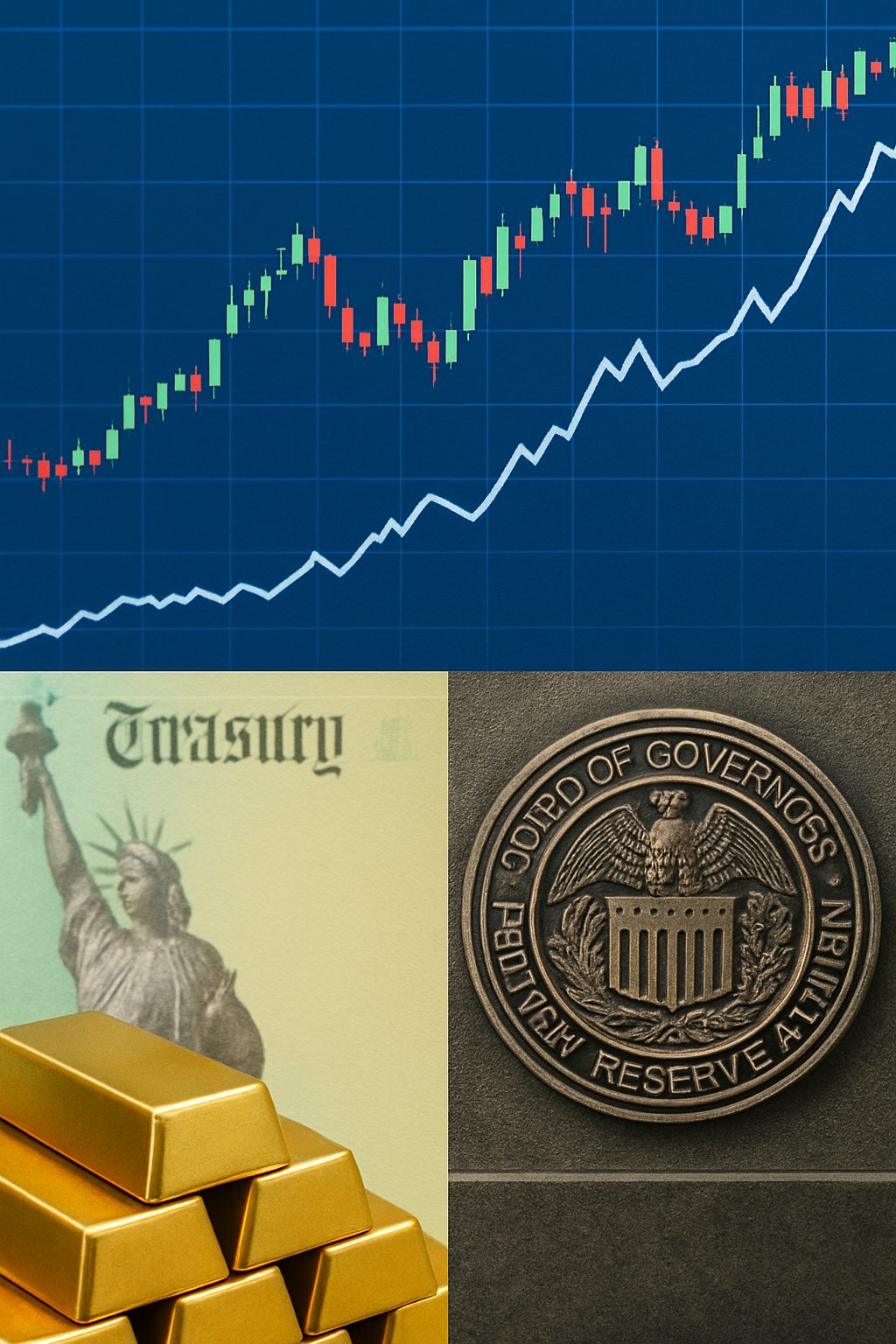Your basket is currently empty!
In recent weeks, the financial world has turned its attention to the U.S. Congress as lawmakers debate the so-called “One Big Beautiful Bill.” Criticised by business leaders like Elon Musk as an “outrageous pork-filled spending spree,” this bill promises trillions in new federal spending over the next decade.
But what does it mean for the markets? At FXEQ Trading Limited, we’ve taken a deep dive into the likely economic and financial market consequences if this bill passes.
Short-Term Market Impact: Risk Rally?
Initially, the markets may respond positively. Why?
This bill injects significant liquidity and government demand into the economy. Infrastructure projects, green energy investments, and social programs typically fuel GDP growth in the short term. Historically, when liquidity increases and fiscal spending ramps up, risk assets such as the NASDAQ 100 (NAS100) tend to rally.
Tech stocks, which dominate the NASDAQ, often benefit first from government-driven growth optimism. The market typically focuses on immediate cash flows and economic stimulus rather than long-term debt consequences—at least in the short run.
Bond Market Reality: Higher Yields Ahead?
However, the bond market will not ignore the fiscal reality for long.
The U.S. Treasury will need to issue more debt to fund this bill. More bond supply, coupled with rising inflation fears, is likely to push Treasury yields higher, especially on the 10-year and 30-year maturities.
Higher yields may eventually pressure equity valuations, particularly in rate-sensitive growth sectors like technology.
Inflation and the Federal Reserve: Higher for Longer?
With more fiscal stimulus at a time when inflation is still above the Federal Reserve’s long-term target, the Fed is likely to remain hawkish.
The central bank may choose to hold interest rates higher for longer to prevent any new inflationary wave triggered by government spending.
This means we’re likely looking at a scenario where monetary policy stays tight even as fiscal policy remains loose—a combination that puts upward pressure on bond yields and could weigh on equities over time.
Gold: The Long-Term Hedge?
One clear potential winner in this scenario is Gold.
Historically, periods of high deficit spending and fiscal deterioration have supported gold prices. Investors tend to turn to gold as a hedge against long-term debt risk, inflation, and currency debasement.
While short-term Fed hawkishness might temporarily cap gold rallies, the medium- to long-term outlook for gold remains bullish if the U.S. debt trajectory continues to worsen.
The Dollar (USD): Short-Term Stability, Long-Term Risk
The U.S. dollar may hold steady in the short term as high interest rates continue to attract foreign capital. However, over a longer horizon, concerns over rising debt levels and fiscal sustainability could erode confidence in the dollar, especially if foreign demand for U.S. Treasuries softens.
Our View at FXEQ Trading Limited (28/06/2025)
If the “One Big Beautiful Bill” passes, we anticipate the following market path:
| Asset Class | Expected Impact |
| NASDAQ 100 | Short-term bullish, medium-term valuation risk if yields spike |
| Gold | Medium-to-long term bullish |
| Bond Yields | Upward pressure (especially on 10-year and 30-year) |
| Fed Rates | Higher for longer |
| USD | Short-term stable, long-term downside risk |
Traders and investors should prepare for increased volatility across asset classes as markets adjust to this new fiscal landscape.
Stay tuned to FXEQ Trading Limited for ongoing analysis and trade ideas as this story develops.


Leave a Reply